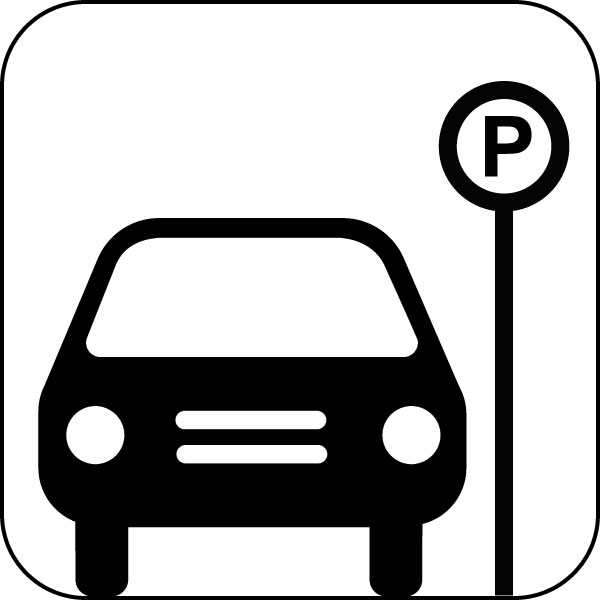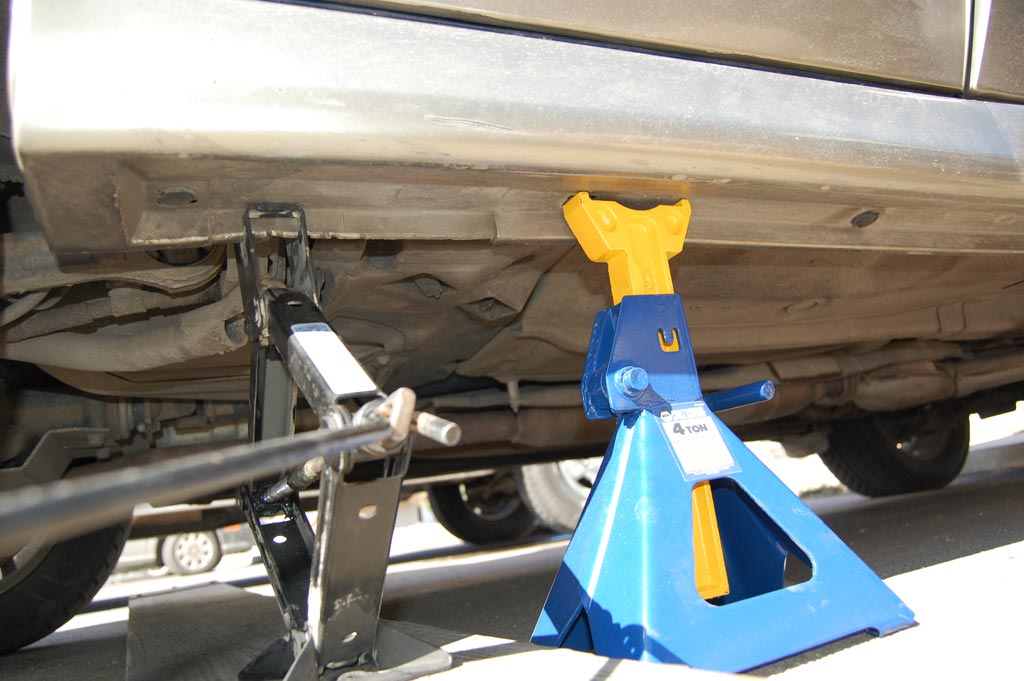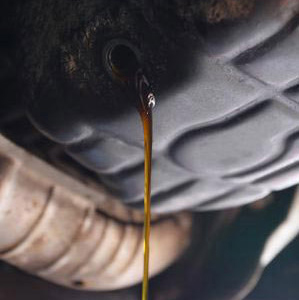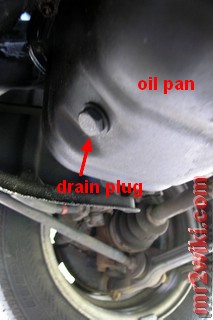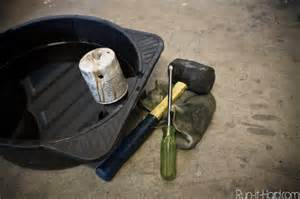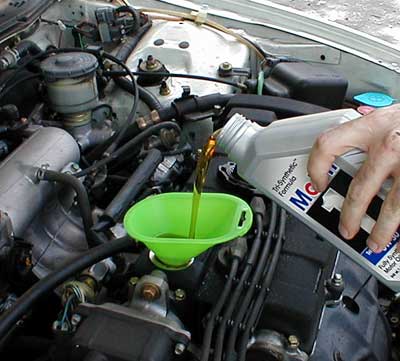Step 1
Park your car on a level surface and apply parking brake.
Run your engine for 5 minutes before draining oil, as warm oil drains faster than cold. Do NOT drain oil that is at full operating temperature. It will be way too hot! Remove your keys from the ignition, as some hybrid models can auto-start. To be safe, always check your owner's manual before working on a specialty vehicle.
Step 2
Jack your car up and place it on jack stands.
A jack alone will not safely support the full weight of your car. Consult your manual for the proper jacking points. The placement of a jack stand is just as important as the jack placement. The wrong placement can damage your car's suspension or body parts.
Step 3
Locate the oil drain plug and place the drain pan below.
The oil drain plug is usually near the front center of the engine, but some vehicles have more than one plug. Check your manual for the exact location. Then, loosen the plug with a socket wrench. Make sure that the drain pan is large enough to hold 4-5 quarts of oil or more. The oil drains at an angle, so position your pan to catch it.
Step 4
Unscrew the plug by hand.
Remove the plug by hand. While unscrewing the plug, push it back towards the pan. This prevents oil from rushing out until you are ready to remove the plug from the hole.
Step 5
Drain all oil.
To speed up the draining process, remove the filter cap located on the top of the engine and allow air to enter from the top. Check your owner's manual for the exact location.
Step 6
Replace oil plug.
Tighten the oil plug by hand so it is not cross-threaded. Once the plug is tight, finish tightening with a wrench or by hand. Always use a new drain plug gasket and never over-tighten the drain plug.
Step 7
Remove existing oil filter.
Place the oil pan underneath the old filter to catch any remaining oil while unscrewing it, using an oil filter wrench. Use a rag to clean the mounting surface.
Note: Some vehicles use remote mounted oil filters that may be on top or on the side of the engine.
Step 9
Clean the oil filter neck and pour in the new oil using a funnel. Typically, you will use 4 to 5 quarts of oil, but check your manual for your vehicle's oil capacity. Fill to three-quarters of the engine's capacity to avoid overfilling, as there is always oil that does not drain. Then replace the cap.
Step 10
Run the engine for a few minutes to make sure there are no leaks. Check the area around the oil drain plug and the filter for any leaks. If you notice a leak, shut the engine off immediately and correct it or them. Check the dipstick afterward, and add more oil, if necessary.
Step 11
Dispose of the used oil properly.
Bring your used oil to a recycling center or a NAPA AUTO PARTS store to recycle it for you. These are the only acceptable methods for oil disposal.
YOUR DONE!!! NOW THAT WAS EASY.
